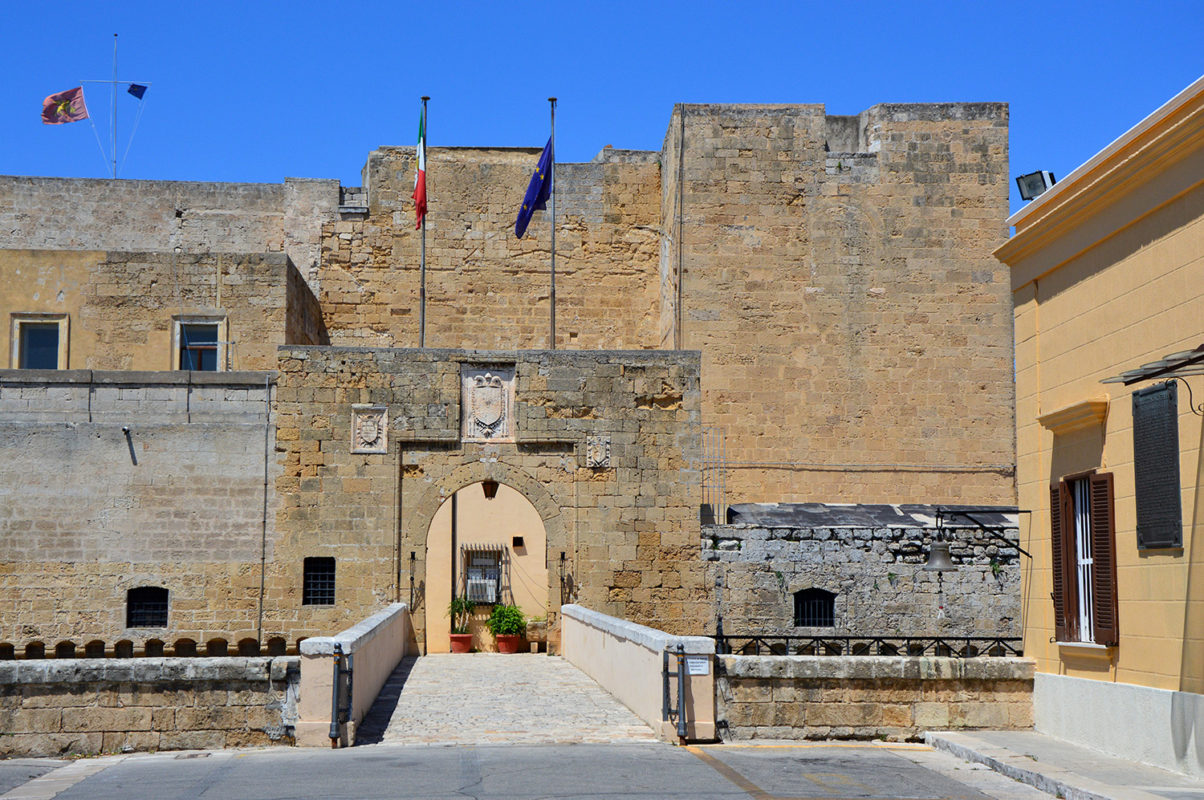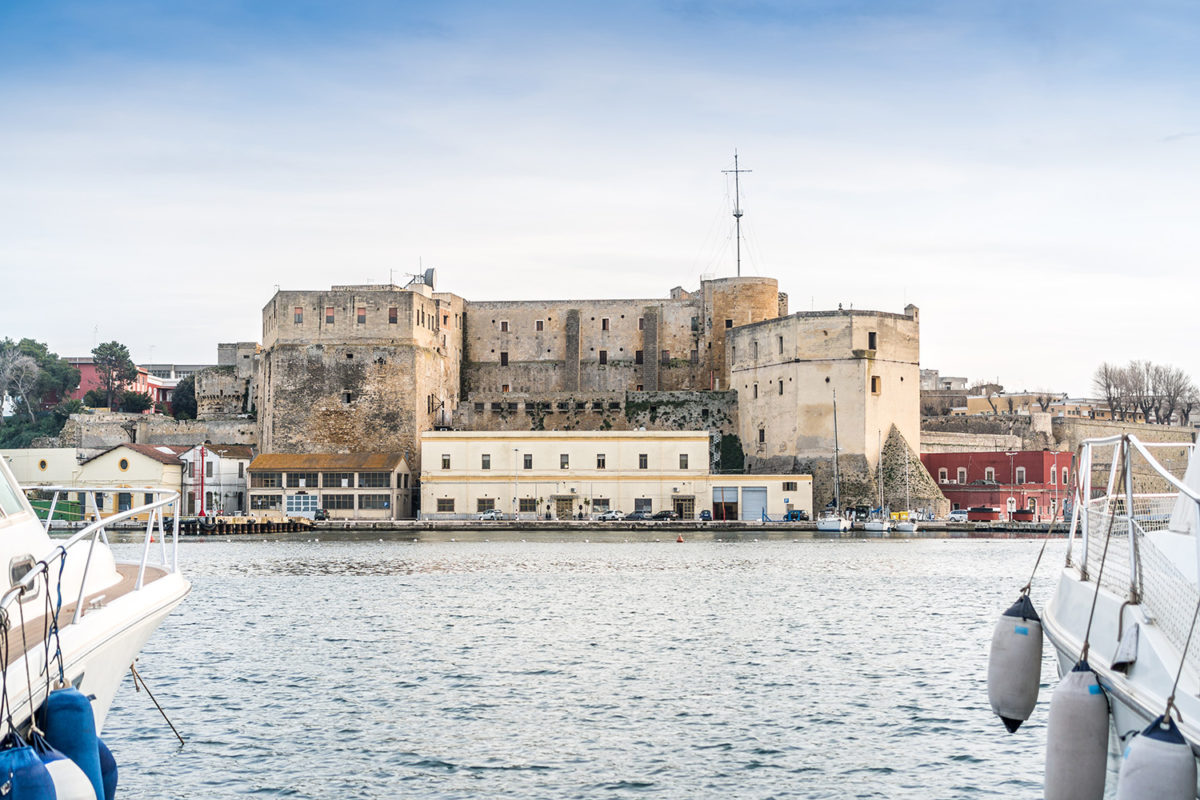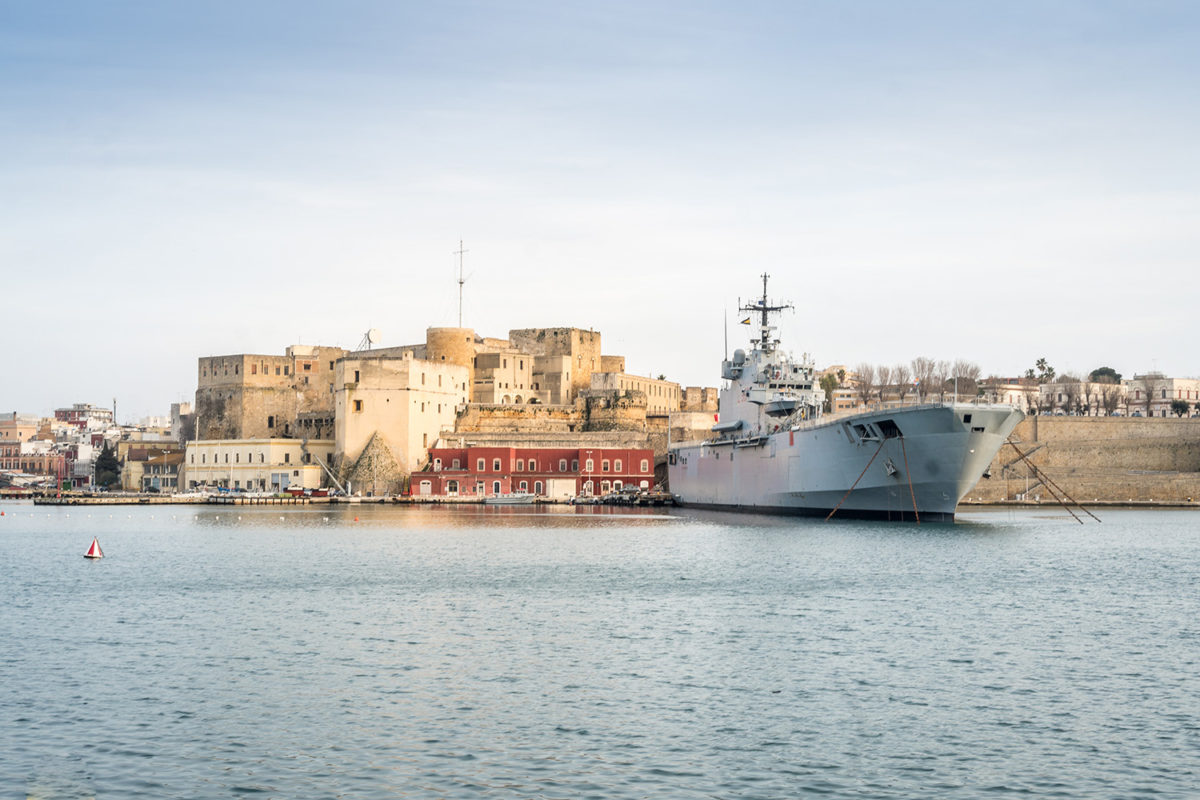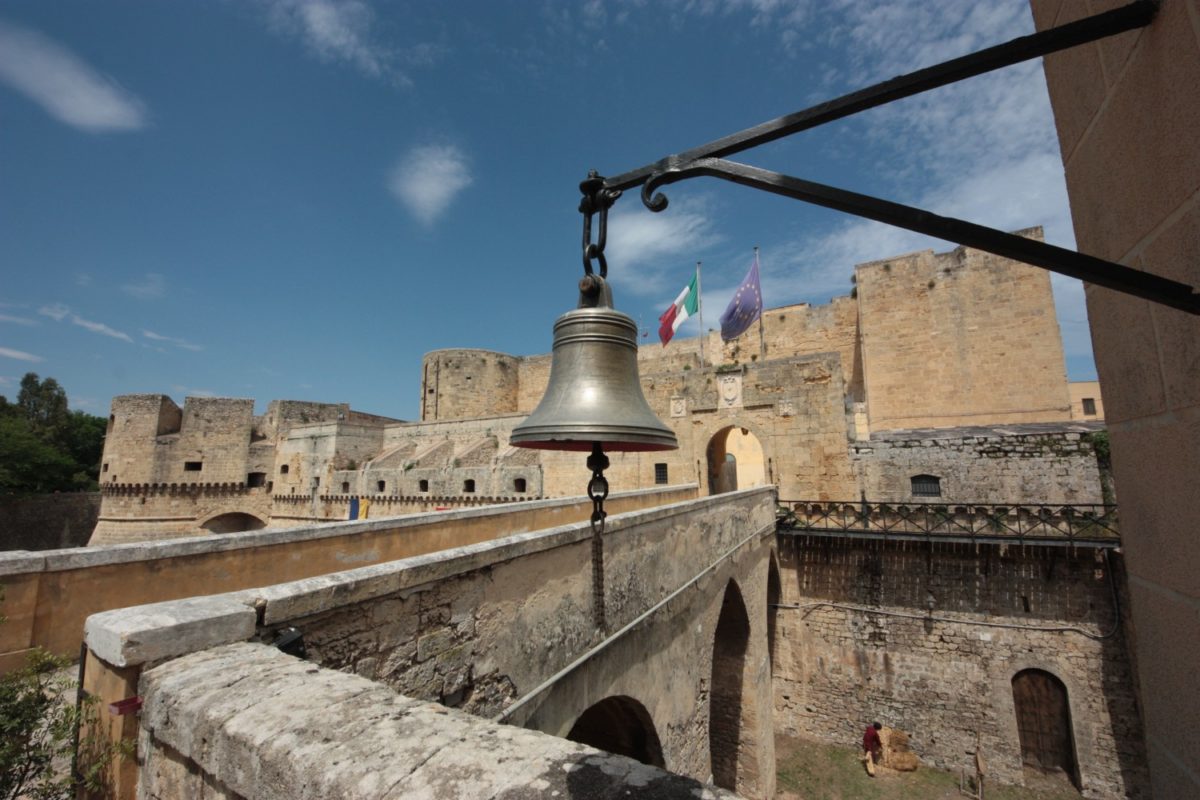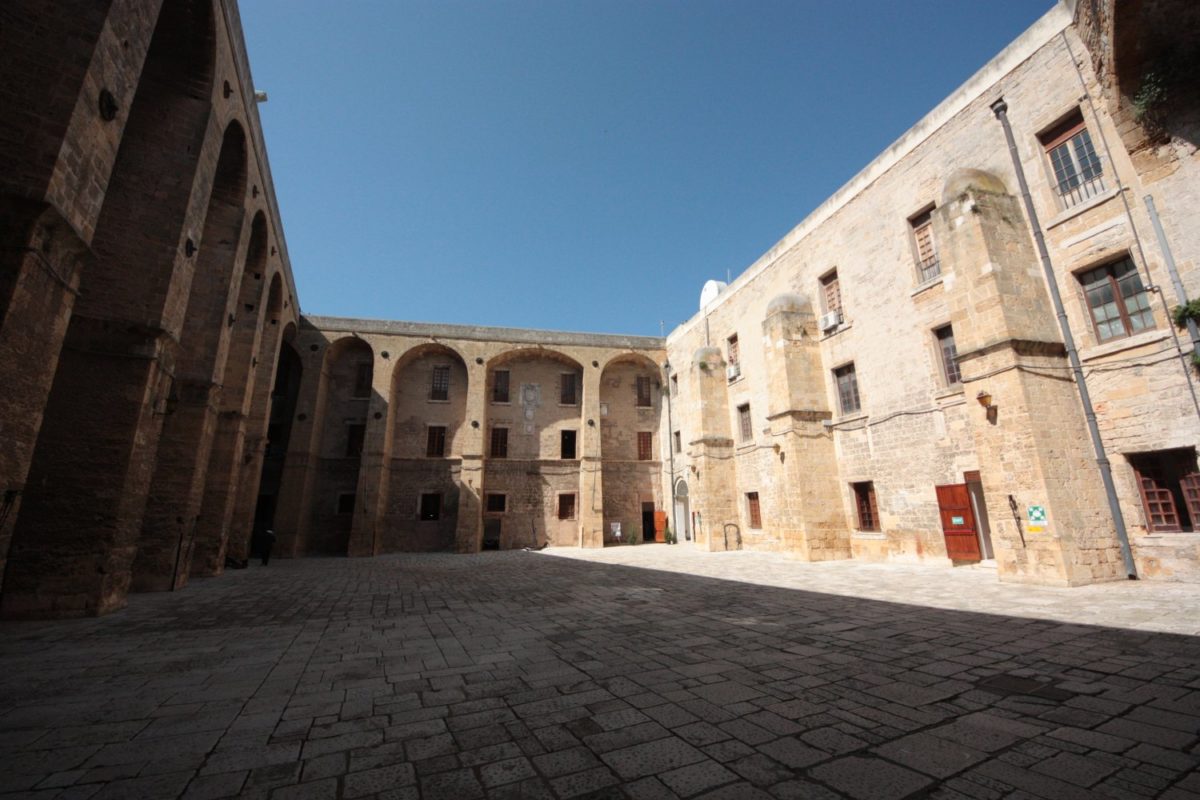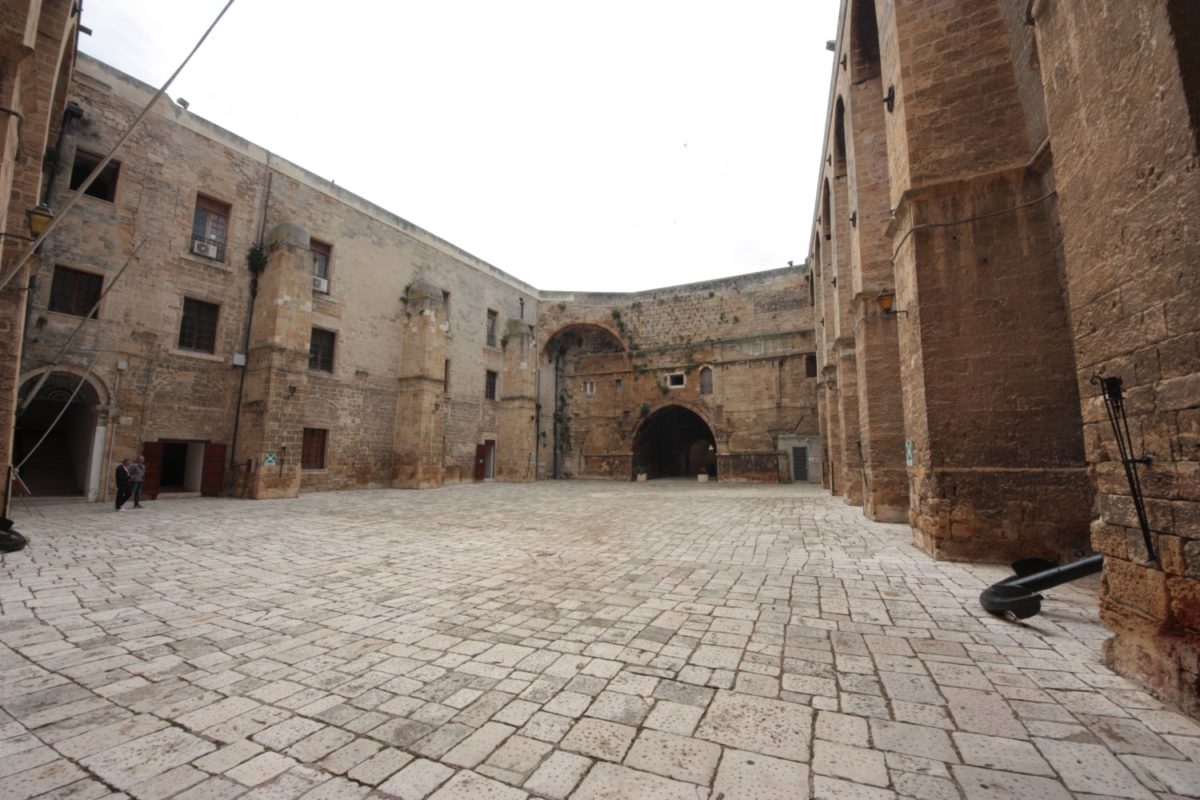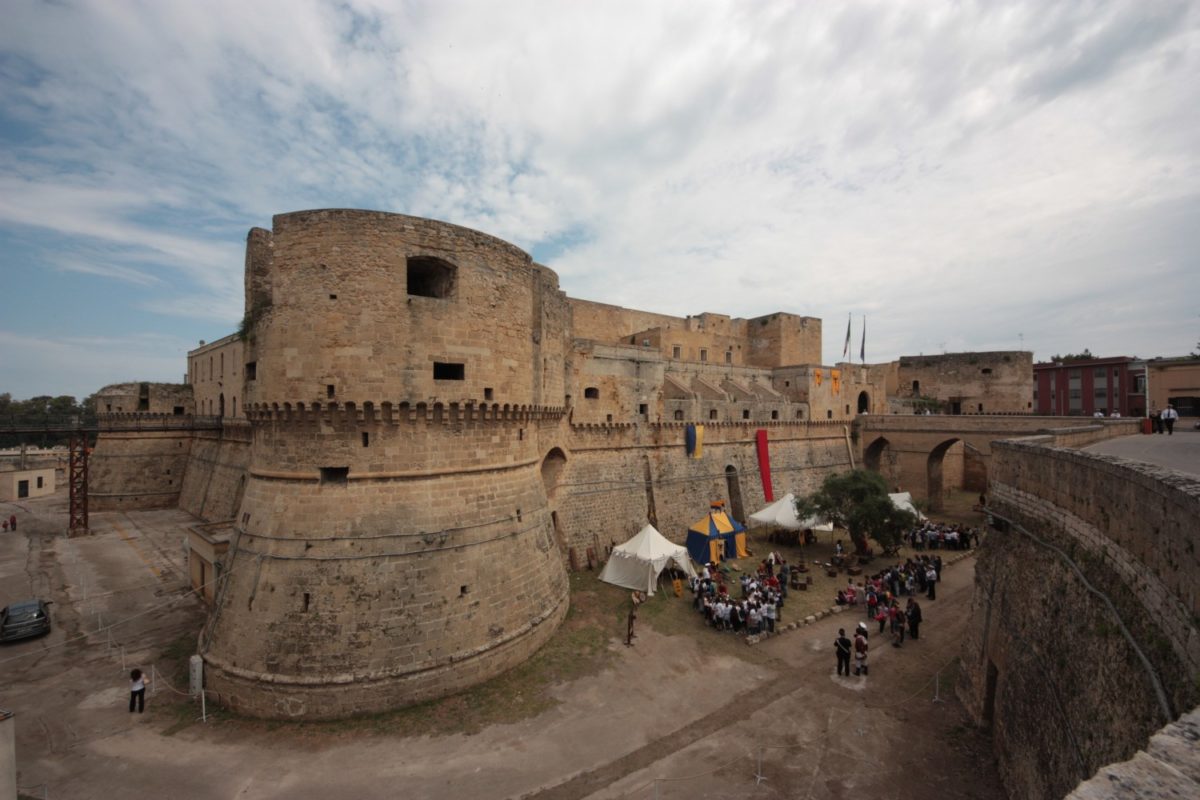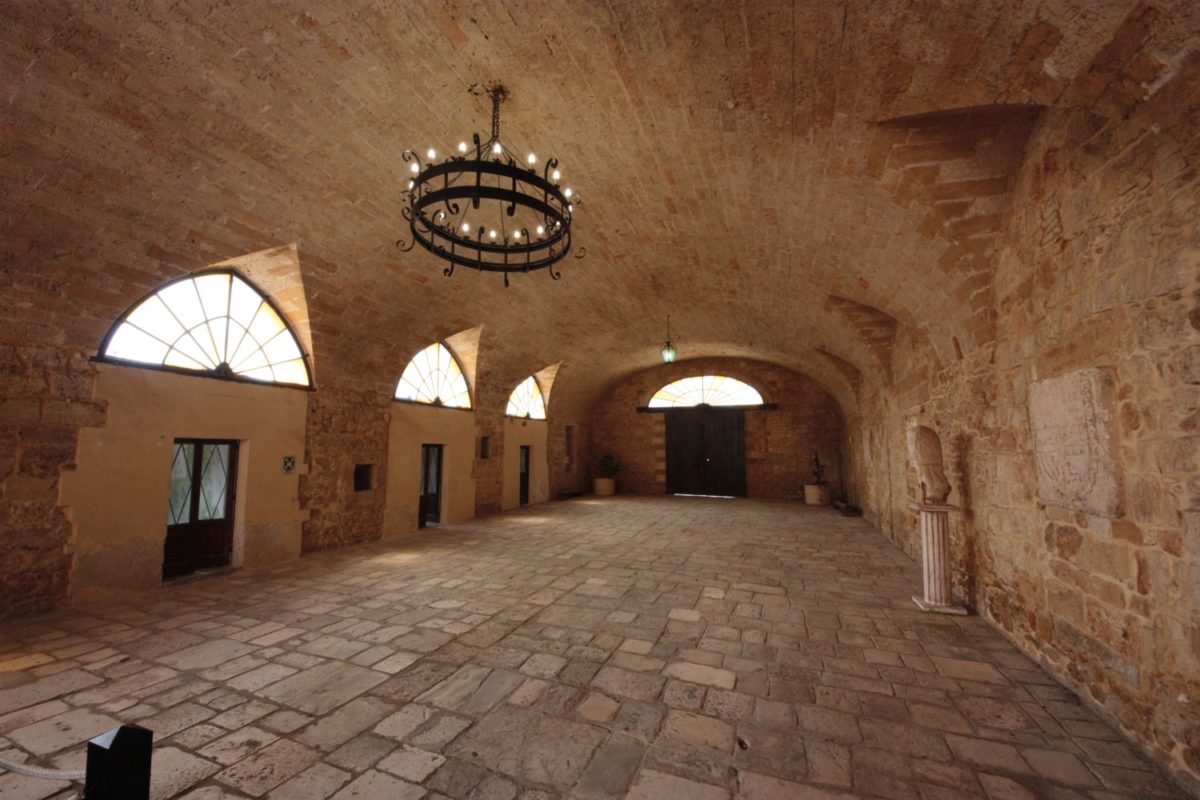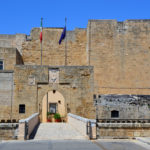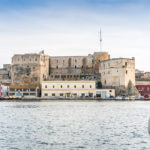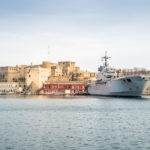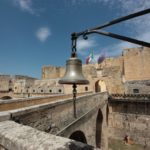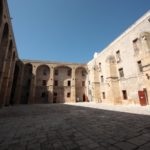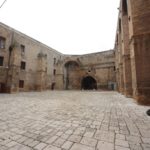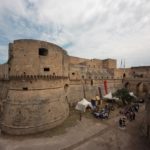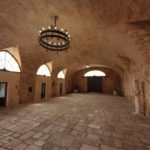SWABIAN CASTLE
Built in the thirteenth century with numerous extensions attributable to later periods, the manor, which overlooks the west of the inner harbor, has a strategic position that has allowed it to play an important role during the two great world conflicts of the last centuryBuilt in the thirteenth century with numerous extensions attributable to later periods, the manor, which overlooks the west of the inner harbor, has a strategic position that has allowed it to play an important role during the two great world conflicts of the last century. Fascinating testimony of medieval construction, the castle, completed in the Angevin age, underwent an overall redefinition in the Aragonese age; the pre-existing moat was then covered by vaults, and a bulwark was built which found its focal points in four great bulwarks, dug a new moat.
On the Aragonese plant the following sixteenth-century interventions developed in order to ensure a more efficient defense in consideration of the appearance of new firearms. From 1814 the castle was used as a penal bath; in 1908 it was acquired by the Navy which had the main operational base during the Great War. For the period in which Brindisi was the seat of the Italian government, from 10 September 1943 to 14 February 1944, the command functions coordinated by King Vittorio Emanuele III were located here.
Built in the thirteenth century with numerous extensions attributable to later periods, the manor, which overlooks the west of the inner harbor, has a strategic position that has allowed it to play an important role during the two great world conflicts of the last century. Fascinating testimony of medieval construction, the castle, completed in the Angevin age, underwent an overall redefinition in the Aragonese age; the pre-existing moat was then covered by vaults, and a bulwark was built which found its focal points in four great bulwarks, dug a new moat.
On the Aragonese plant the following sixteenth-century interventions developed in order to ensure a more efficient defense in consideration of the appearance of new firearms. From 1814 the castle was used as a penal bath; in 1908 it was acquired by the Navy which had the main operational base during the Great War. For the period in which Brindisi was the seat of the Italian government, from 10 September 1943 to 14 February 1944, the command functions coordinated by King Vittorio Emanuele III were located here.

